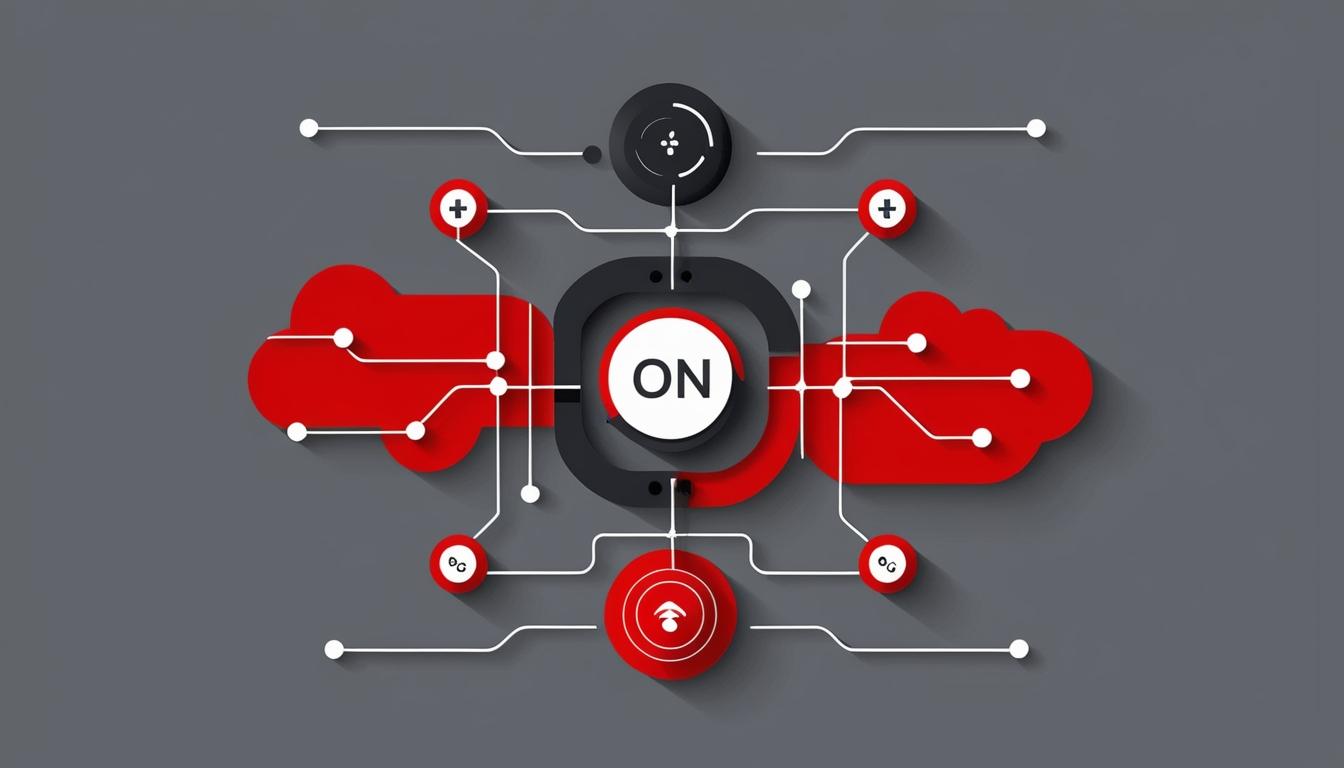In a recent discussion with The Fast Mode, Andrew Conway from Boldyn addressed the evolving landscape of Open RAN technology and its implications for Mobile Network Operators (MNOs). The focus was on the current opportunities, challenges, and the critical role of traffic visibility in the development of intelligent and autonomous RAN networks.
Conway highlighted the cautious optimism prevailing among MNOs regarding the long-term advantages of adopting Open RAN solutions. Despite some market analysis generating skepticism, the signing of new contracts and ambitious Open RAN strategies signal a robust commitment towards extending 5G coverage, enhancing network performance, lowering operational costs, and bolstering network security. The exploration of Open RAN's capabilities within a neutral host network architecture adds another layer of potential in this rapidly advancing field.
Currently, MNOs are at different maturity phases in their Open RAN deployments, with many opting to initially implement the technology in lower traffic, rural areas. Conway pointed out that this approach is primarily about building operator confidence rather than revealing any intrinsic limitations of Open RAN technology. However, a shift is on the horizon as some MNOs begin to deploy these solutions in high-density usage scenarios.
Within this transitional landscape, the neutral host model presents notable advantages. Operators can expect enhanced agility, scalability, flexibility, manageability, and improved security while simultaneously reducing their equipment footprint and operational costs. This model benefits from shared infrastructure, allowing MNOs to deliver services to end users without incurring the high expenditures associated with standalone network infrastructure development and maintenance.
The virtualisation aspect of Open RAN also permits MNOs to tailor software RAN functions to address specific needs at a competitive price point. This customisation, coupled with the ability to swiftly deploy new services and updates, enhances operational efficiency. Notably, Open RAN solutions demonstrate significant energy efficiency, with reports indicating that these systems can use 60% to 65% less power compared to traditional RAN systems, achieved through the integration of data centre assets and digital pathways to the end-user.
As MNOs advance in their Open RAN initiatives and consider merging them with a neutral host approach, the long-term view is that telecommunications will adopt a leaner, more sustainable operational model. The combination of Open RAN and neutral host infrastructure stands to tackle the complex challenges tied to 5G densification, allowing for expanded coverage while simultaneously decreasing costs through network sharing strategies. Research from ABI Research has indicated that 5G neutral host networks can be 38% more environmentally friendly and up to 47% more cost-efficient than conventional standalone 5G setups. When combined with Open RAN methodologies, these advancements could pave the way for a transformed landscape in connectivity, fundamentally altering everyday interactions in work, leisure, and daily living.
This article forms part of The Fast Mode's 2025 Special Edition, specifically within the Open RAN segment. A more comprehensive research report based on survey findings related to the segment is scheduled for publication in January 2025.
Source: Noah Wire Services
